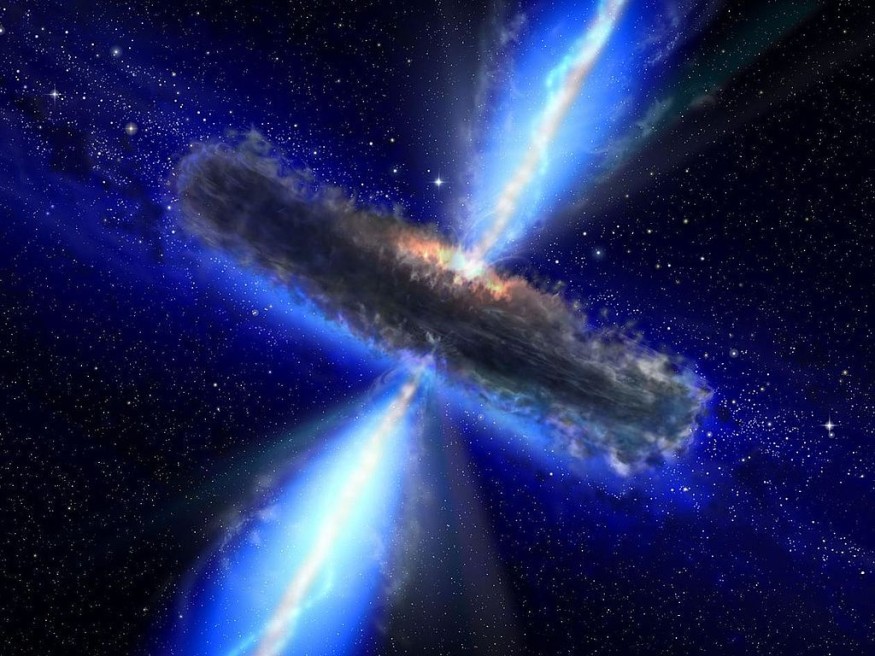
Astronomers have discovered the first "black hole triple" system, which could offer new insights into how black holes form and interact with their surroundings.
This system, V404 Cygni, is located in the Milky Way, about 8,000 light-years from Earth. It consists of a black hole feeding on a nearby companion star while being orbited by a much more distant star.
Scientists previously believed that black holes formed through violent supernova explosions, which would have ejected any loosely bound distant stars from the system.
However, the fact that this outer star remains in orbit suggests a more gentle birthing process, known as "direct collapse," where a massive star collapses directly into a black hole without a violent explosion.
Rare Black Hole Triple System Challenges Current Formation Theories
This is a rare and exciting discovery that challenges previous assumptions about black hole formation. In V404 Cygni, the victim star orbits the black hole every 6.5 days, while the distant star takes an incredible 70,000 Earth years to complete its orbit.
The discovery was made by researchers led by Kevin Burdge from the Massachusetts Institute of Technology (MIT), who used detailed investigations to uncover the presence of the third star.
The findings suggest that the black hole formed without the typical "pre-natal kick" associated with supernova explosions, which would have ejected the outer star from the system.
Instead, the gentle direct collapse allowed the distant star to remain gravitationally bound to the black hole, raising questions about whether more such triple systems exist in the universe.
Astronomers are excited about the implications of this discovery, as it could reshape our understanding of how black holes form and how they interact with nearby stars.
The team hopes to further study V404 Cygni and explore the possibility of finding more black hole triple systems in the future, according to Nature.
© 2025 ScienceTimes.com All rights reserved. Do not reproduce without permission. The window to the world of Science Times.











